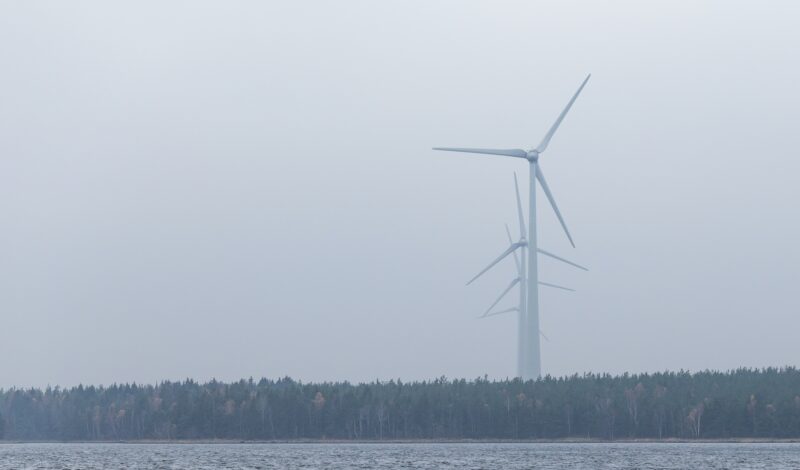Science and policy characteristics of the Paris Agreement temperature goal
Authors
Carl-Friedrich Schleussner, Joeri Rogelj, Michiel Schaeffer, Tabea Lissner, Rachel Licker, Erich M. Fischer, Reto Knutti, Anders Levermann, Katja Frieler and William Hare
Share

The Paris Agreement sets a long-term temperature goal of holding the global average temperature increase to well below 2°C, and pursuing efforts to limit this to 1.5°C above pre-industrial levels. Here, we present an overview of science and policy aspects related to this goal and analyse the implications for mitigation pathways.
We show examples of discernible differences in impacts between 1.5°C and 2°C warming. At the same time, most available low emission scenarios at least temporarily exceed the 1.5°C limit before 2100. The legacy of temperature overshoots and the feasibility of limiting warming to 1.5°C, or below, thus become central elements of a post-Paris science agenda.
The near-term mitigation targets set by countries for the 2020–2030 period are insufficient to secure the achievement of the temperature goal. An increase in mitigation ambition for this period will determine the Agreement's effectiveness in achieving its temperature goal.
The analysis, written by a team of scientists who have published key research papers on the science, impacts and policy aspects of the 1.5˚C limit, is a centrepiece of a collection by Nature Climate Change, Nature Geoscience and Nature on ‘Targeting 1.5°C’.











